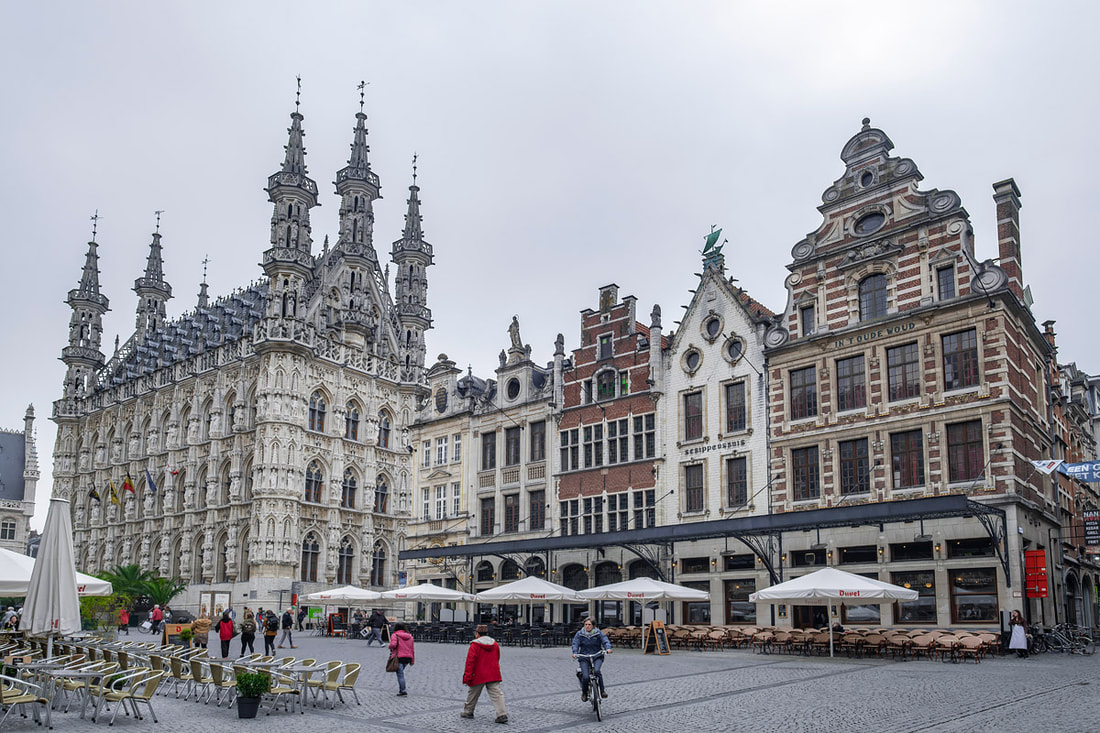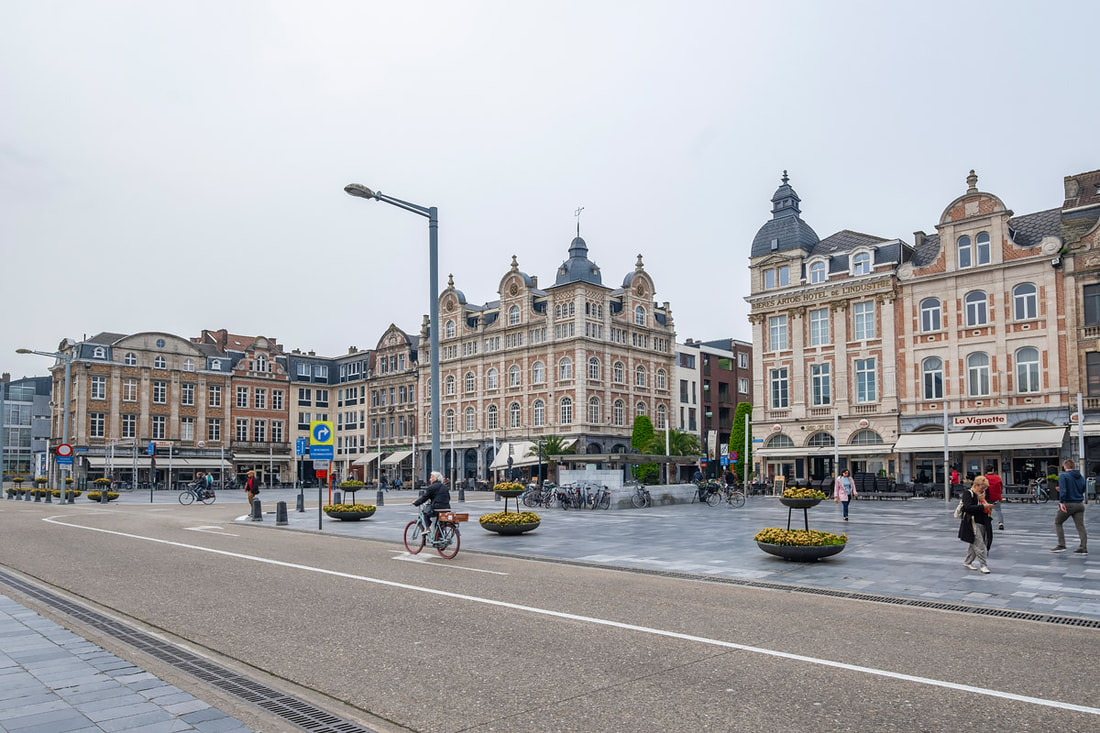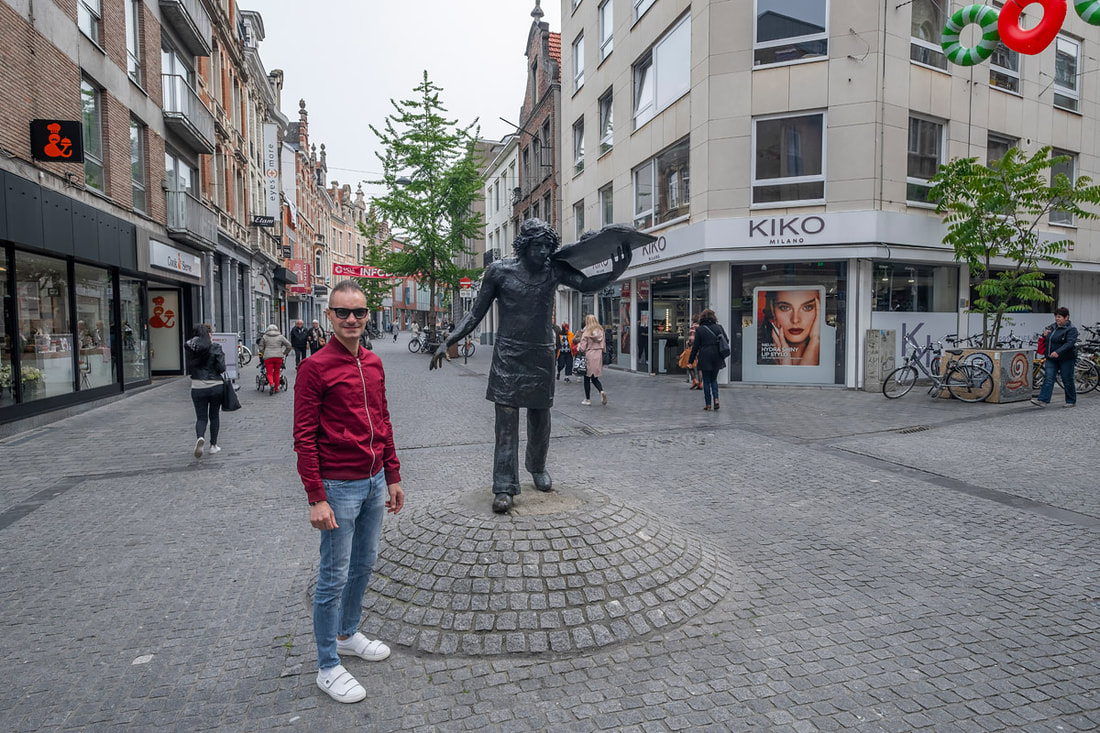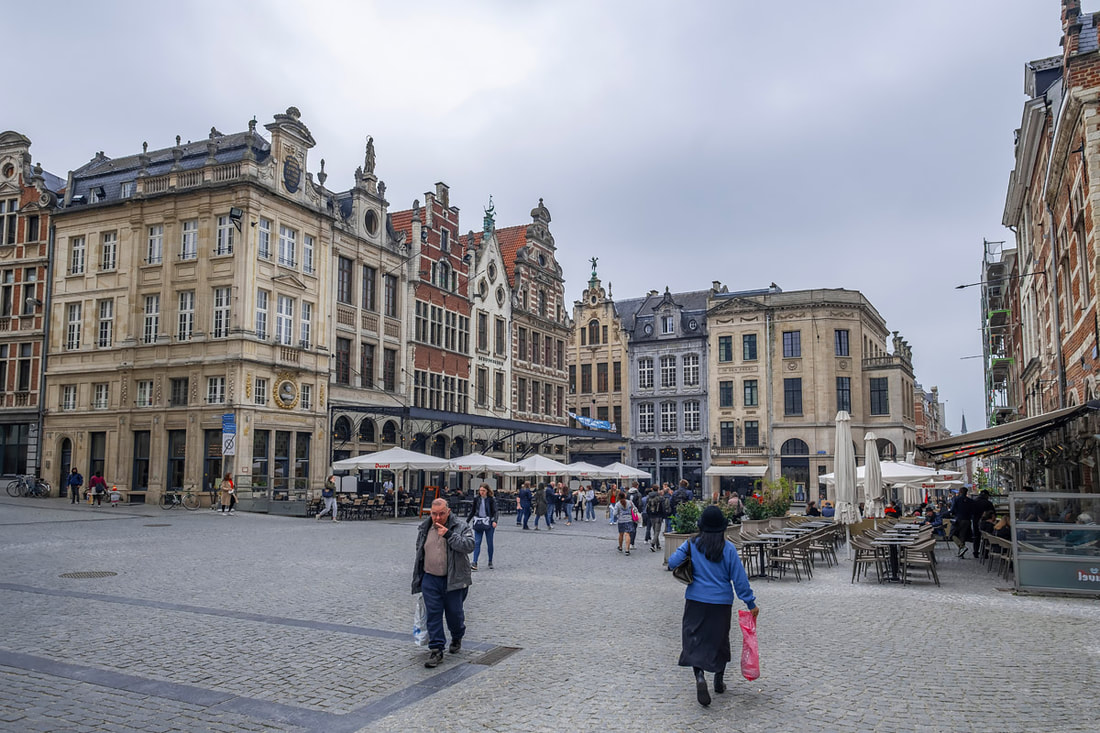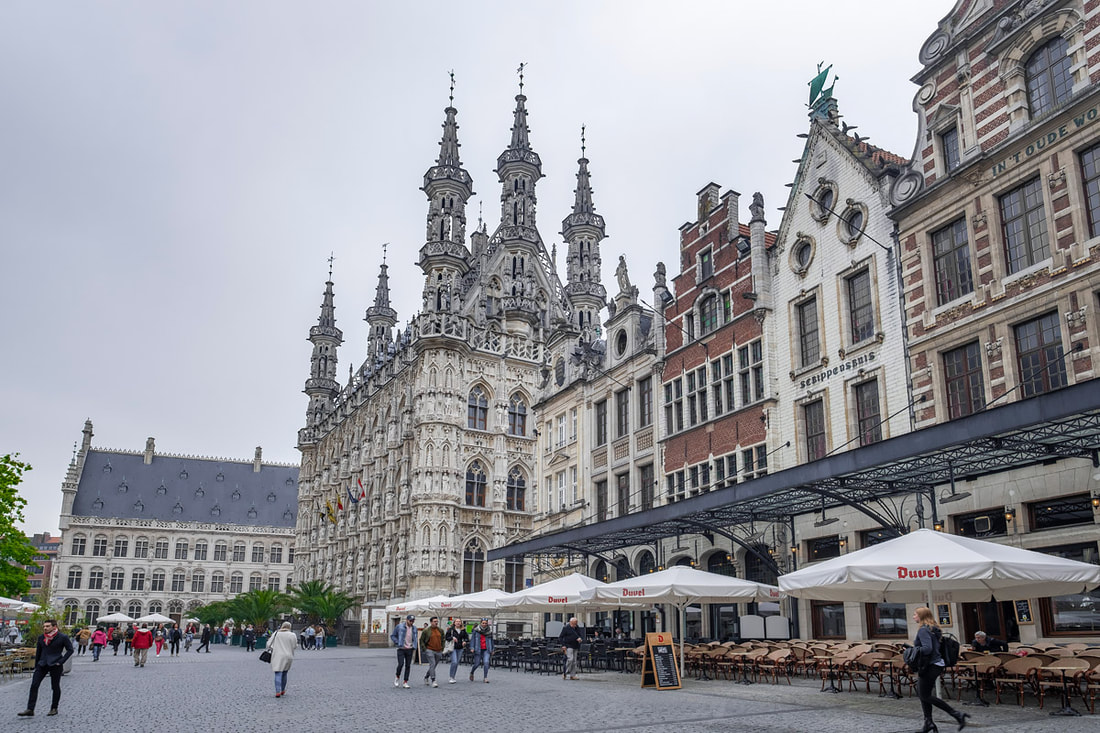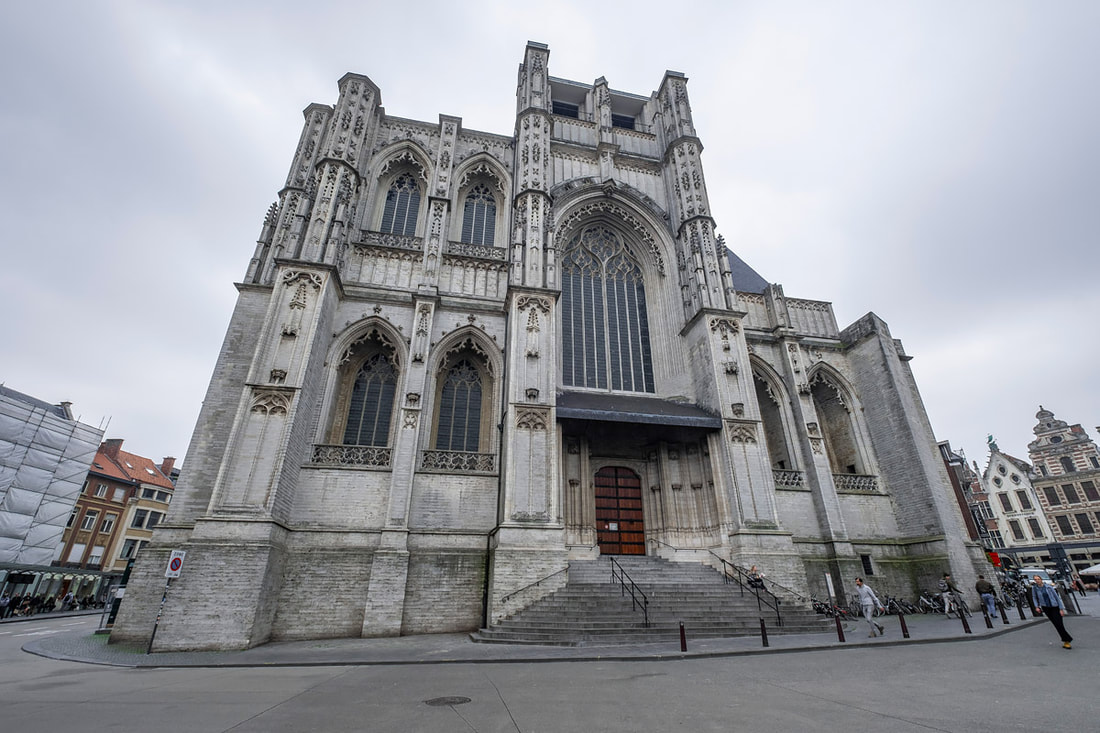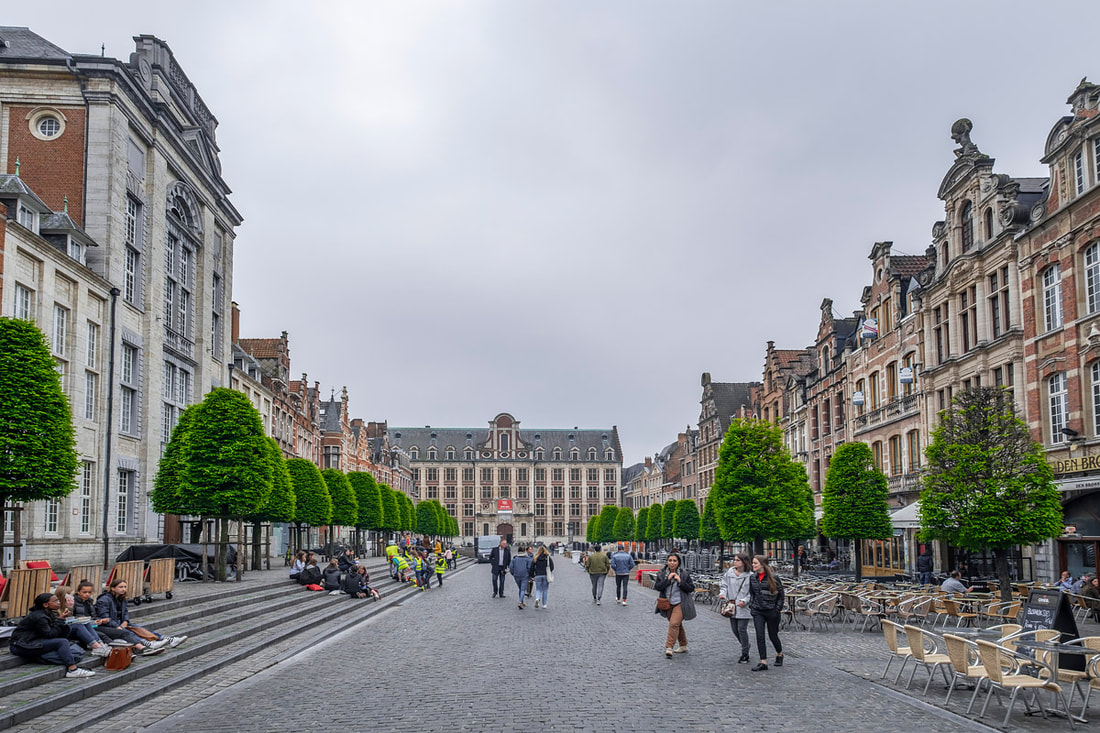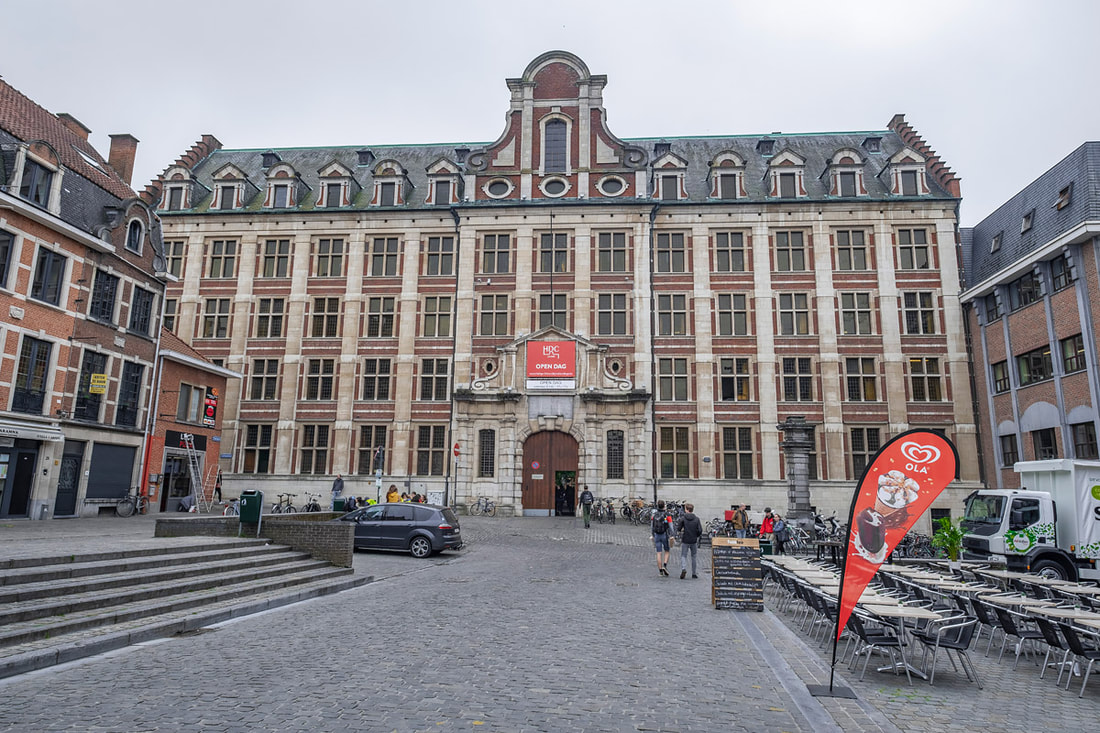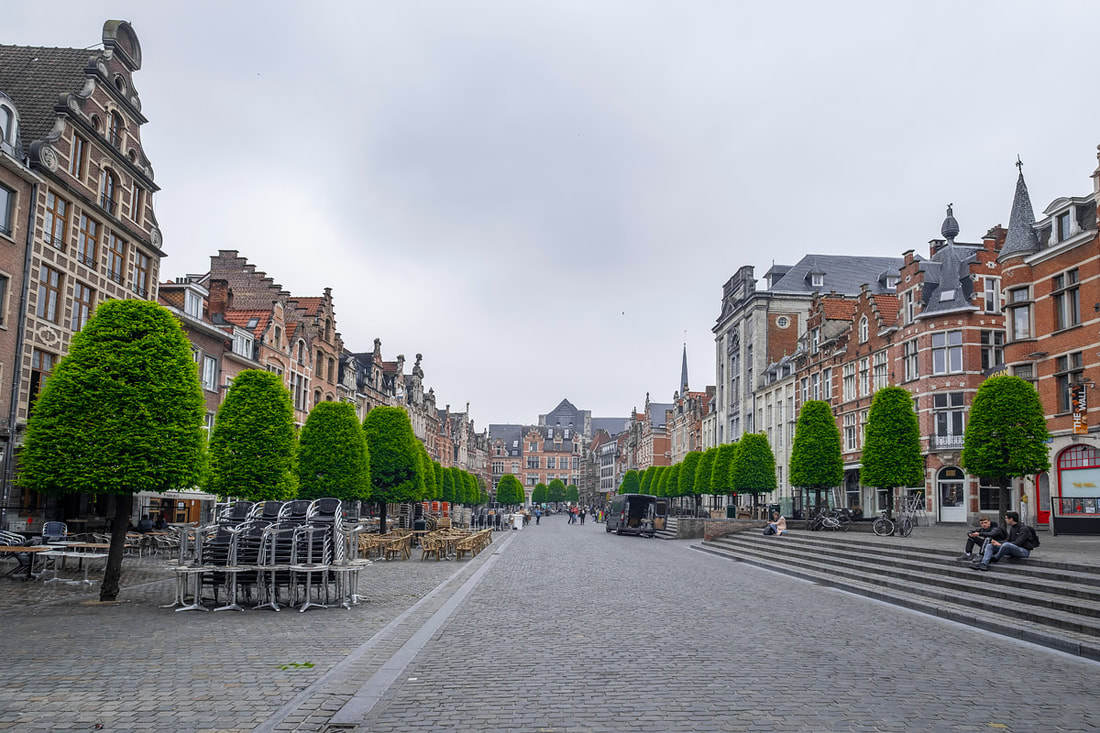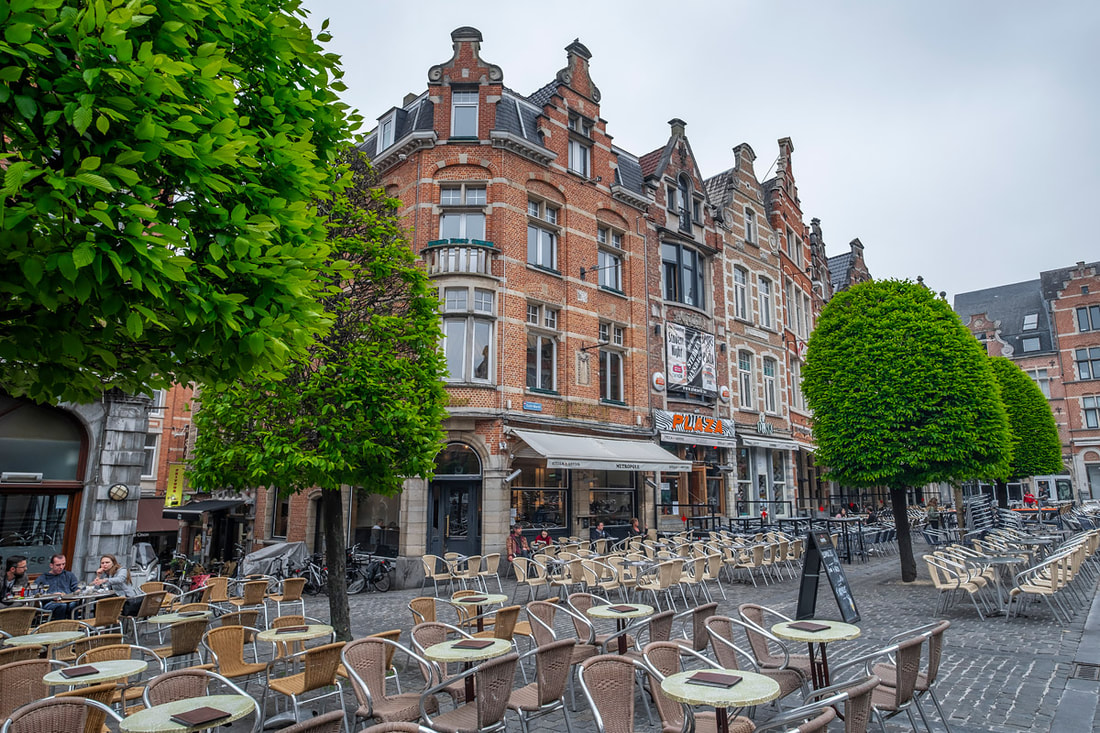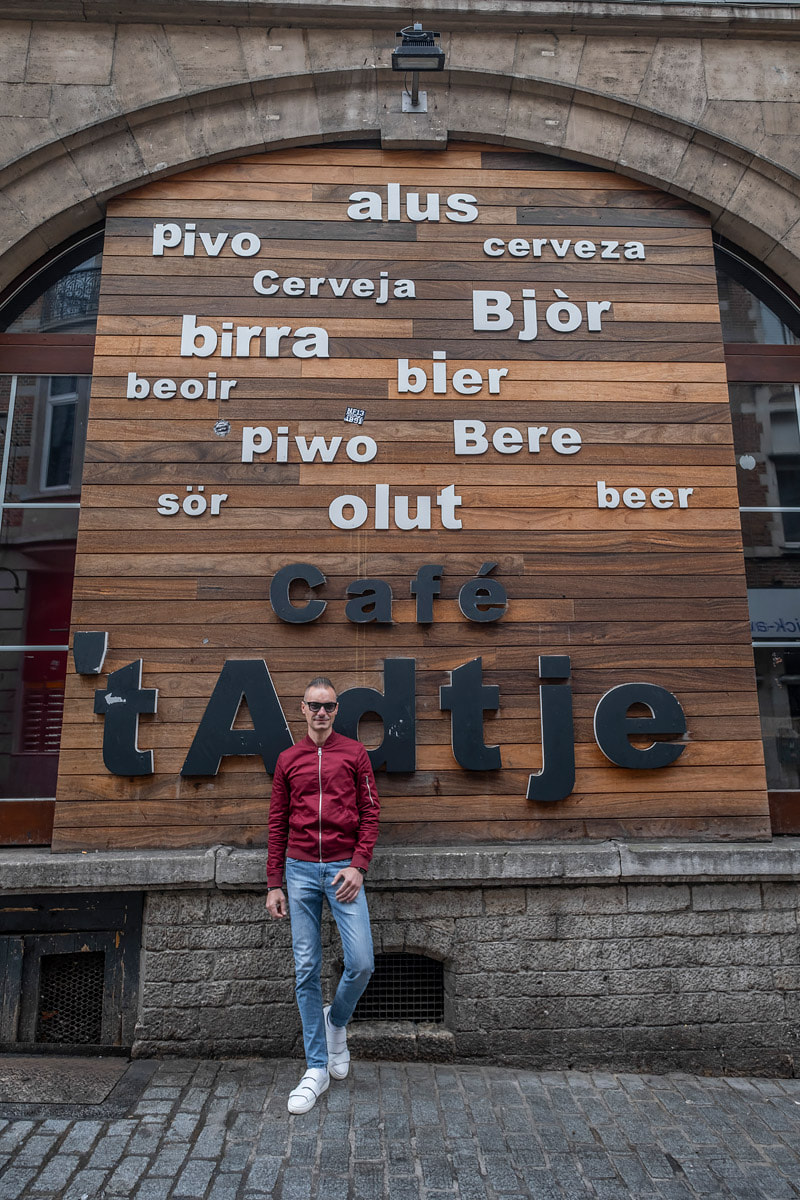By Antonio MalaraLeuven was the fourth Belgian city that I visited together with my travel partner in May 2019. As I wrote in my previous post on Ghent, I was based in Brussels but after a couple of days we started to visit the nearby cities too. In reality we hadn't planned a visit to Leuven nor did both my partner and I know this city. I believe this visit arose from a routine; in Brussels we had a huge bed and every morning began as the days of any human being in this world should begin to give us physical and mental energy. I am of the opinion that the first thing to do after waking up is not breakfast or drinking coffee, but if we have a partner at our side, the days should begin with at least an hour of sexual activity. And it was precisely after finishing this activity that my partner, satisfied but determined to continue the day as it had begun, doing a search on the phone, proposed going to Leuven that same morning. This city was considered a destination to visit and, moreover, it was also nearby; about twenty-five minutes by train. That morning I wanted to reward my partner's initiative by trusting her in a timely manner, something I had never done before. Except for distant and demanding destinations, I prefer to visit places in the late morning in order to do things calmly, without rushing and in total relaxation. This was also the case for Leuven, where we arrived just before midday at a renovated-looking station. Immediately outside it, there was a monument, a sort of white monolith where battle scenes were reproduced at the base and then gold-colored statues at the top. What impressed me most, however, was exactly what was in front of the station; a series of buildings that were more reminiscent of Parisian architecture than the Belgian one I had seen until then and above all the impeccable cleanliness of the streets and obsessive care for the various flowerbeds and greenery nearby. We walked among these buildings and as I walked I confirmed my first impressions of the architecture of Leuven. The style of the houses is what in the French capital is defined as "Parisian rustic" marked by houses in red bricks and white stone, here and there there were a few blocks with modern houses with a style of exposed brick but linear and without personality . Our journey took us to the center after just fifteen minutes, arriving exactly behind the large Church of St. Peter. However, although the Gothic church was imposing, I was attracted by a building that appeared to the left of the church and together with my partner I immediately headed towards there. The building that appeared in front of us was one of the most beautiful and original I had ever seen and I believe that to this day it is the greatest amazement I have ever felt in front of a building. It was the town hall of Leuven (Historisch Stadhuis van Leuven), a Gothic building with a rectangular shape, where three out of four facades were totally covered by statues. The design also featured six spires, grouped by three on the east and west sides. The building itself was not very different from the one I had seen in Belgium, it was a design of arched windows that were repeated in a symmetrical way, but what was impressive were the statues! In fact, the facades were literally covered with statues that gave a different depth and appearance, it was like a painting with infinite elements. Looking at the palace from afar, in fact, one did not perceive the detail of the individual statues but rather a "relief" effect which stimulated the mind to further investigate the true appearance of these reliefs. Once perceived that they were statutes, this detail gave additional value to the building, transmitting the concept of magnificence to our mind. At least this was the process I went through in a few minutes after seeing the Leuven town hall. For me the following minutes were of pure excitement, for the building itself and for the amazement of seeing and being attracted by a structure I didn't know. I started taking photos of the three-quarter view of the building without stopping. After covering that perspective, we moved on to the long part, the profile which was even more imposing and of a unique symmetry. The building was in Grote Markt and I basically continued to take photos, also covering the opposite corner which was the other end of the square. I didn't understand how it was possible that buildings like the Leuven town hall were not popularly known. I mean at a school level, like when we were little we were taught only with the same things, like the Colosseum, the Eiffell Tower etc. I elaborated on this concept in my post on Brussels but I never expected a building like this in a very small city. After momentarily leaving the town hall area we moved to look at the main facade of St. Peter Church. This structure had a slight difference in height so the facade had a left side that developed on two levels. In reality, talking about levels was a relative concept because the entire facade was made up of enormous arched windows. The one above the entrance started from the central door and reached the top while the other six seemed to me to be the same size and always imposing. Perhaps also due to the style entirely composed of stained glass, the facade of the church was not particularly identifiable as an entrance. It was so imposing and it gave me more of an idea of a side part or even a back part. We did not visit the church inside but returning towards the town hall we headed towards the "Oude Markt" square, I had seen that it was a central place with many restaurants and shops. That day around Louven was full of students, however there were no tourists or many other people around. Even in Oude Markt the trend was the same, there were many almost empty restaurants and many students walking or sitting all around. Oude Markt was a beautiful rectangular square, paved with cobblestones and "framed" with brick houses, some of which left the rustic Parisian style to get closer to the Belgian style that I had seen in other cities. On one side of the square there was a staircase of about five steps that took up the entire side while the opposite side was a continuum of restaurant tables and chairs. Unfortunately that day was cold and overcast and those places for outdoor lunch, although beautiful, were not inviting. On one side of the square there was a bronze statue depicting a woman sitting on a bench. The woman had a wet-look dress that clung to her body and her nipples could be seen at the top. Even though her face wasn't beautiful, the statue of the woman fascinated me, both for her thin physique but above all for her proportions. In fact, approximately the woman must have been about three meters tall, therefore giving me the sensation of an alien person, of the same species as me but with different proportions and therefore intriguing, a bit like the avatar characters. I had some photos taken of me sitting next to the statue of the woman, also touching her private parts, something that others probably did too since the bronze was lighter in those parts. We stayed around the square, taking photos and passing the time and when we decided to continue exploring the city it started to rain and this made us change our plans a bit. At that point we returned to Oude Markt and anticipated lunch in the hope that the weather would improve. Unfortunately, even after the long lunch, there was always a light drizzle which did not help the visit to the city. That afternoon, on the way back to the station, we stopped at a cafe mainly to avoid getting wet. The visit to Leuven ended like this, a bit between romantic and melancholy but personally it was another beautiful life lesson. First of all, I was rewarded for the trust given to another person who deserves all the credit. Secondly, the city amazed me with a work like the town hall that I did not know and which impressed me not only from an aesthetic point of view but also opened my mind as a “conspirator”. Not only Leuven but all the cities in Belgium that I visited made me understand the staging of the era in which we live, where the more I visit places the more I realize that we are inside a fiction with a well-articulated plan. In Leuven I understood that beauty is everywhere and not just as we were taught in school books and as it is advertised on the internet today. In Leuven I discovered that we need to study independently and in depth and not on the basis of the clichés that are proposed to us. Whenever I get ready to visit a new place, I always hope to find something that amazes me immediately after turning a corner, as happened in Leuven. Pictures: Antonio Malara
Camera: Fujifilm XT3
0 Comments
Leave a Reply. |
